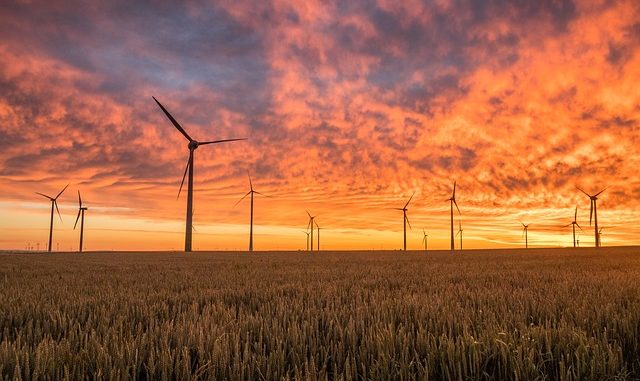
Within the past two decades, there has been a worldwide explosion in the use of wind power. Currently, the United States, China and India account for about 90% of the wind power generated worldwide.
Because of great interest in the use of clean, renewable energy, the EY (Ernst & Young) index has emerged for ranking RECAI (Renewable Energy Country Attractiveness Index) among the nations. Methods for generating renewable energy that are included in the EY index are Wind power (65%), Solar power (18%). In addition, other sources such as biomass (17%) have slowly gained popularity.
In this article we ask the following questions:
(a) Why has wind power become so attractive throughout the world?
(b) How much growth remains?
Why has wind power become so attractive throughout the world?
There is great concern about greenhouse gas emissions and global warming. Consequently, the worldwide trend is to use clean and renewable energy instead of fossil fuels.
Wind power ranks as the most enticing choice for clean and renewable energy, with the United States, India, and China. The two main reasons why this is such an attractive choice for clean, renewable energy are:
-
- Wind produces clean and safe electricity from an inexhaustible supply both on land and offshore.
-
- Wind is cost effective, compared with traditional methods for producing electricity.
How much growth in wind power remains?
In the United States, wind energy continues to be the most attractive renewable energy choice that is cost-competitive with traditional electric power generation. Currently (in the year 2016), enough energy to power over 19 million average homes came from wind. At the same time, it eliminates over 130 million metric tons of polluting emissions into the atmosphere.
Because newer, larger, and more robust wind turbines are being used for power generation, it is clear that this technology is not slowing down. Furthermore, this technology is generating about 15,000 jobs per year. It is reasonable to conclude that much more growth remains.
In addition to the United States, China, India, and Germany are also leaders in the use of wind energy. According to targeted wind energy usage levels that have not yet been attained, there is room for much more growth in this technology worldwide.
Conclusions
The trend toward the use of wind power is growing steadily on a global scale. Because the technology produces cost-effective, renewable, and pollution-free electrical energy from an inexhaustible source, its growth is expected to continue steadily.
To learn more about the use of renewable energy, you may contact USESI, Inc. at the web address https://usesi.com/who-we-are.

